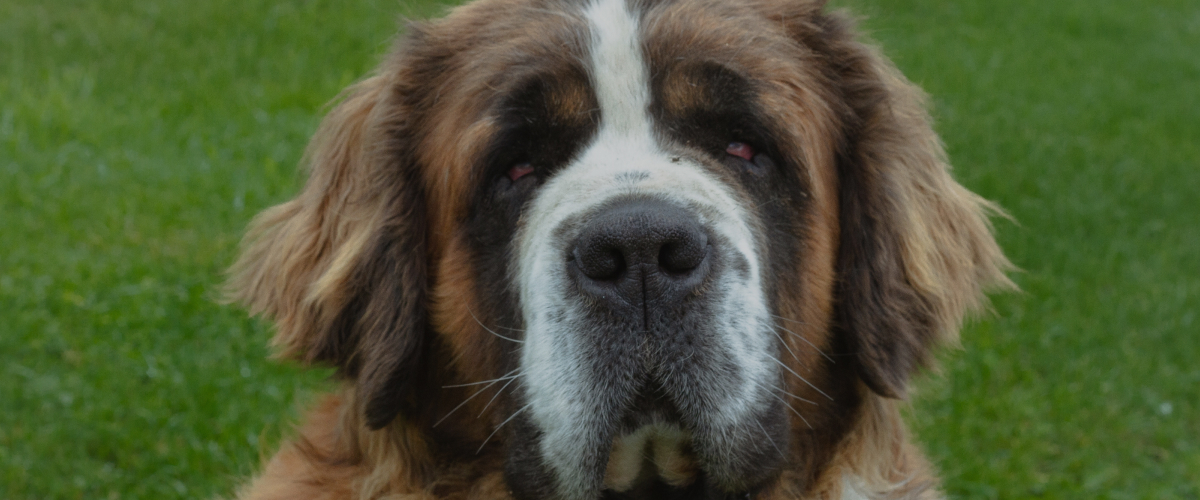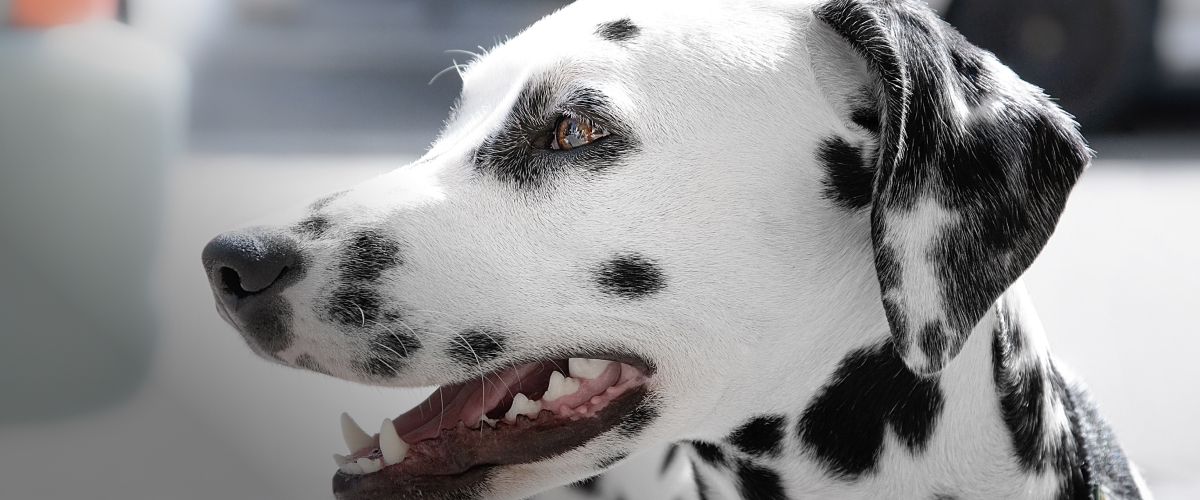Corgis are small yet sturdy dogs with a big personality. Originally bred as herding dogs, these energetic companions are intelligent, affectionate, and full of charm. They are an excellent choice for families, singles, and even first-time pet owners. In this article, we’ll explore their traits, training requirements, and care tips to help you provide the best life for your Corgi.
Corgi Characteristics and Temperament
Corgis come in two main breeds: the Pembroke Welsh Corgi and the Cardigan Welsh Corgi. While they share many similarities, Pembrokes typically have a docked tail, whereas Cardigans have a long, bushy tail. Both breeds are known for their signature long bodies, short legs, and perky ears.
Friendly and affectionate, Corgis thrive on companionship and love being part of a family. Despite their small stature, they have a confident and bold personality, often acting as watchdogs. However, their strong-willed nature requires consistent training to prevent stubborn behavior.
Training Your Corgi
Training a Corgi can be both fun and rewarding. Since they are highly intelligent and eager to please, they respond well to structured training methods. Here are some effective training tips:
- Use Positive Reinforcement: Reward-based training with treats and praise works best for Corgis.
- Be Consistent: Establish rules early on and stick to them to avoid confusion.
- Mental Stimulation: Corgis thrive on mental challenges, so puzzle toys and obedience training help keep them engaged.
- Socialization: Expose your Corgi to different environments, people, and animals to ensure they grow into well-rounded pets.
Caring for a Corgi
Corgis are relatively low-maintenance, but they do require proper care to stay healthy and happy. Here are essential care tips:
- Exercise Needs: Despite their small size, Corgis have high energy levels and require daily walks and playtime.
- Diet and Nutrition: A balanced diet is crucial, as Corgis have a tendency to gain weight quickly.
- Grooming: Their thick double coat sheds regularly, so frequent brushing helps minimize loose fur.
- Health Considerations: Corgis are prone to hip dysplasia, obesity, and back issues due to their long bodies. Regular vet visits help monitor their health.
Why Corgis Make Great Pets
Corgis are an excellent choice for anyone seeking a loyal, intelligent, and playful companion. Their affectionate nature and adaptability make them suitable for different living environments, from apartments to houses with yards. With proper training, exercise, and care, Corgis become loving members of the family.
Final Thoughts
If you’re looking for a fun-loving and energetic dog that brings joy into your home, a Corgi may be the perfect fit. With their adorable looks and charming personality, it’s no wonder they have won the hearts of dog lovers worldwide. By providing them with the right training, care, and love, you’ll enjoy a wonderful companionship for years to come.










